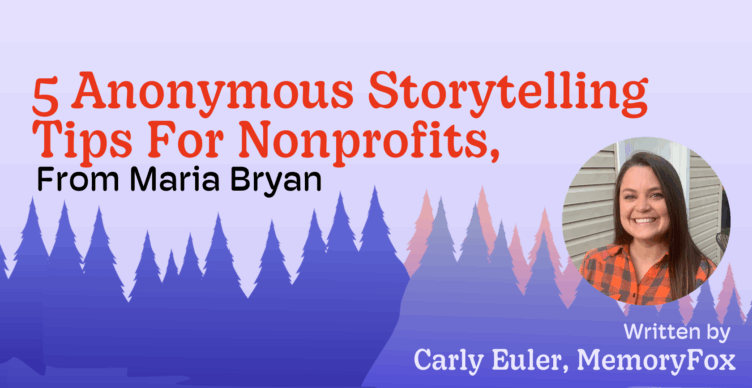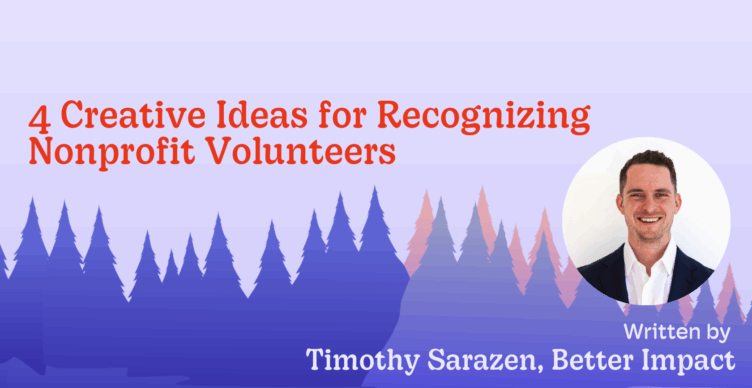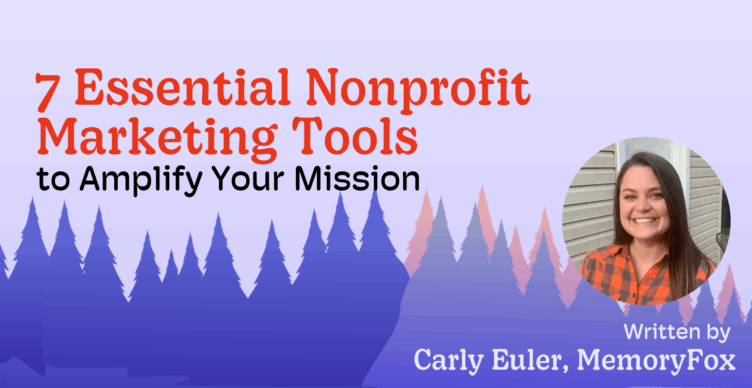Nonprofit Holidays
You Don’t Have to Fundraise on GivingTuesday: 5 Ideas to Try Instead
Every October(ish), nonprofit leaders are asking their comms team the same question:
“What are we doing for GivingTuesday this year?”
There’s pressure to turn it into another fundraiser, another ask. And for those of us knee-deep in planning end-of-year campaigns (and everything else required to run a nonprofit), it can feel more like a distraction than an opportunity.
But let’s take a moment to be reminded: GivingTuesday started as a generosity movement, not a fundraising blitz. The original idea (launched by the 92nd Street Y in 2012) was to set aside one day to encourage people to do good. To give, yes, if they wanted. But also to share, volunteer, advocate, or help in whatever way felt meaningful.
Over time, it’s become one of the biggest giving days of the year. But that doesn’t mean you have to treat it as a fundraiser. Here’s why.
Why You Don’t Have To Fundraise on GivingTuesday
There are some downsides to treating GivingTuesday like a pulled-together-at-the-last-minute fundraiser. You risk:
- Wearing out your supporters before your year-end campaign even starts
- Getting lost in the noise, because so many orgs are asking for money on the same day
- Losing energy that you could instead invest in building trust, spreading awareness, or deepening relationships
Instead, what if we thought about it like this: GivingTuesday is your end-of-year campaign’s warm-up act. You can use it to spark generosity. Get bigger media attention. Show supporters of their connection with your mission. To do something unique and get more visibility. And, of course, remind your community why you exist, not just what you need.
But First, A Big Caveat
Let me pause here to be clear. If your organization relies on GivingTuesday for critical revenue, or if you have a well-defined fundraising goal that makes sense for this day, please don’t hear me saying you shouldn’t fundraise. There is absolutely no shame in using GivingTuesday as a traditional fundraiser. When it’s done well, it can be an incredible source of support.
Who I’m really talking to here are the comms and development teams who feel like they’re scrambling. The orgs who are cobbling together a last-minute GivingTuesday campaign with no real purpose behind it, and who know deep down it’ll probably bring in a couple thousand dollars at best. If that’s you, then I want to give you permission to try something different.
Instead of pouring your energy into a fundraiser you’re not confident in, you can use the day to build visibility. If you pick a smart awareness goal — like growing your newsletter list by X amount, increasing social engagement by X metric, or landing a media mention — you’re not just filling a day on the calendar. You’re laying the groundwork for relationships and visibility that can make your year-end ask land even stronger. In some cases, that kind of momentum can be worth more than a small, rushed GivingTuesday appeal.
So, here are a few ideas to help get those creative juices flowing.
Five GivingTuesday Ideas to Try This Year
- Show Mission Over Brand Campaign
In bigger cities, you’ll find multiple nonprofits working toward the same goal. Two food programs making sure families don’t go hungry. A couple of after-school programs helping kids stay safe and engaged. Multiple shelters trying to connect people with housing.
Because resources can be tight and donor pools feel oversaturated, that overlap can create tension. But on GivingTuesday, it’s an opportunity to show solidarity. A partnership story in a shared campaign is a way to say: this mission is bigger than our brand.
For example, two food pantries team up to tell one story about a family they both serve — one providing groceries, the other offering hot meals.
Instead of competing for attention, they share the same story with both audiences, making the case that hunger takes all of us to solve. It’s a smart play if your GivingTuesday goal is to raise awareness of the problem you’re tackling.
- Gamify the Day
Gamification works best when it gives your community something fun and simple to do that also spreads your mission. Project Bread nailed this a few years ago with their GivingTuesday bingo card. Each square had a different action — some tied to giving, others to sharing, learning, or inviting a friend. Supporters filled it out, shared it with others, and turned the day into a game that multiplied the nonprofit’s reach.
You don’t have to stick with bingo. You could host a live trivia event, run a raffle for people who complete small challenges, or even build a “kindness challenge” where participants log simple acts of generosity throughout the day. The point is to create energy that people want to be part of, and if it’s unique enough, local media might even pick it up.
- Create an Empathy Campaign
Another way to make GivingTuesday stand out is to flip the script and invite your community to share their own stories. Volo Kids Foundation did this beautifully by asking supporters to post childhood memories of play. Those stories were joyful, nostalgic, and deeply tied to why Volo exists — and they connected people to the mission in a way no stat or appeal could.
You could use the same approach with a question that fits your work. A food pantry might ask, “What’s a meal that reminds you of home?” A tutoring program could ask, “Who taught you to read?” The responses give your community a voice and help build empathy for the people you serve, while also giving you powerful, user-generated content to share.
*For this one, I do recommend asking your pool of supporters to send in videos before the big day. That way, you have guaranteed content to post throughout the day. A really easy, automated way to do this is by using story collection software, like MemoryFox!
- Remind Donors Why They Care
One of the simplest but most overlooked GivingTuesday strategies is just saying thank you. Not a generic “thanks to all our donors,” but real gratitude that reminds people why they cared in the first place.
charity: water has run campaigns where clean water project communities sent video thank-yous straight to supporters — no ask attached, just appreciation.
You can do this on a smaller scale. Share a short video or quote from a donor, volunteer, or beneficiary that highlights what being part of your mission means to them. Keep it simple: “I support this work because…,” “What surprised me when I got involved was…,” or “Here’s the small difference my gift makes each month.” It’s a way to thank your community while also nudging them to remember: the work isn’t done, and they’re part of what comes next.
- Run a Pledge Day
You could invite your community to pledge volunteer hours for the year ahead, or commit to sharing your nonprofit with five friends, or sign up for a future event. These kinds of campaigns are great for awareness because you’re not just measuring donations, you’re measuring momentum.
One cool idea came from Her Campaign. Their founder once walked 500 miles over the summer to raise awareness and prep for a big $500k capital campaign. You obviously can’t walk 500 miles in one day, but you can borrow the spirit of it. For example, host a virtual pledge walk: ask 100 supporters to each walk a single mile on GivingTuesday and share it online. Or set a goal of 50 families pledging to host neighborhood food drives in December, with GivingTuesday as the launch. The power of this approach is in rallying people around a shared action that spreads your message and builds visibility right before your big year-end push.
Wrapping It Up
Here’s what I hope you take away: GivingTuesday doesn’t have to be another ask. If you already have a strong GivingTuesday campaign planned, run with it! But if you don’t, use the day to spark generosity, grow your reach, and set the stage for a stronger finish to the year.
The stories and energy you create on GivingTuesday can grow into relationships, trust, and visibility that pay off long after the day is over.

About the Author
Erika G. Musser
Nonprofit Storytelling Consultant,
Storywell Consultating
Erika G. Musser is a nonprofit storytelling consultant who helps small nonprofits build systems to share impactful stories that inspire donor support, while honoring the dignity of storytellers and the communities they serve. With more than a decade of experience, her work has appeared in outlets like Business Insider. She’s on a mission to make ethical storytelling the standard for nonprofits everywhere. Learn more.




